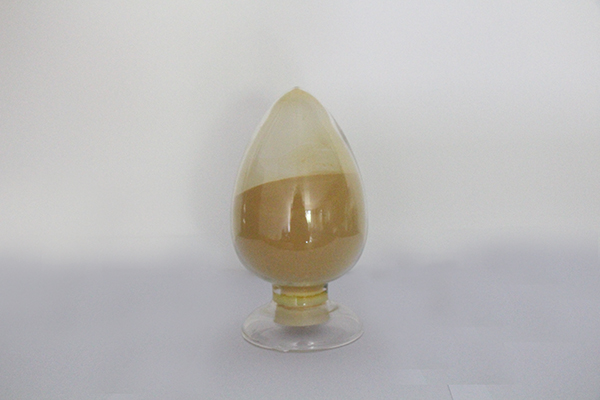Polyferric sulfate is a common water treatment agent, which is widely used in the treatment of industrial wastewater, urban wastewater, oilfield wastewater and so on, just like other water treatment agents.
The quality of PFS is also good or bad. Like polyaluminum chloride, the basicity is used to measure their quality. The basicity of PFS is between 8-16%. During this period, the higher the basicity, the better the hydrolysis coagulation performance.

Is the higher the basicity, the better? The answer is No. generally speaking, the basicity of PFS is stable at 16%, and its quality and effect are better. If the basicity is too high, it will make its OH ion deposition, making its appearance dark yellow, very easy to solidify, deterioration, and not easy to preserve.
If the basicity of PFS is too high, it will be easy to hydrolyze and produce a large number of yellow precipitates after it is added into the wastewater, which makes the coagulation effect worse. For suspended solids, the coagulation effect becomes worse and the deodorization effect becomes weaker. The quality of sludge formed by flocculation is not high, and it is not easy to recycle and increase the difficulty of sludge treatment.
If the basicity is too high, the stability of PFS will decrease. When there are more VFA in wastewater, the hydrogen ion of PFS will form VFA with fatty acid salt to volatilize and remove COD. At the same time, the soluble fatty acid salt will become insoluble VFA, which increases the difficulty of treatment.